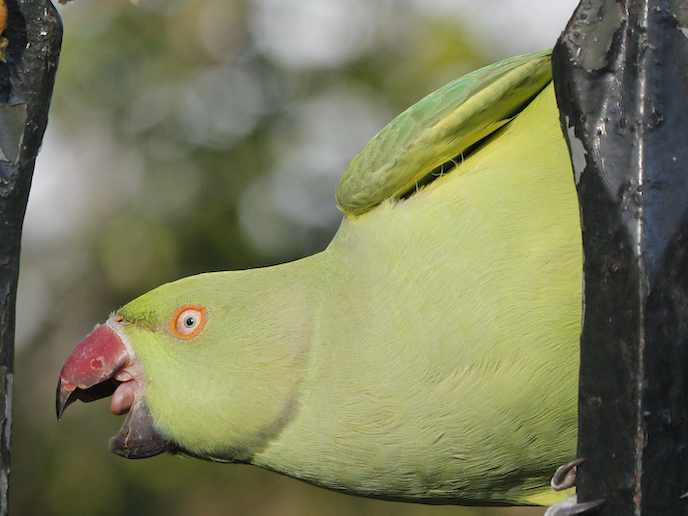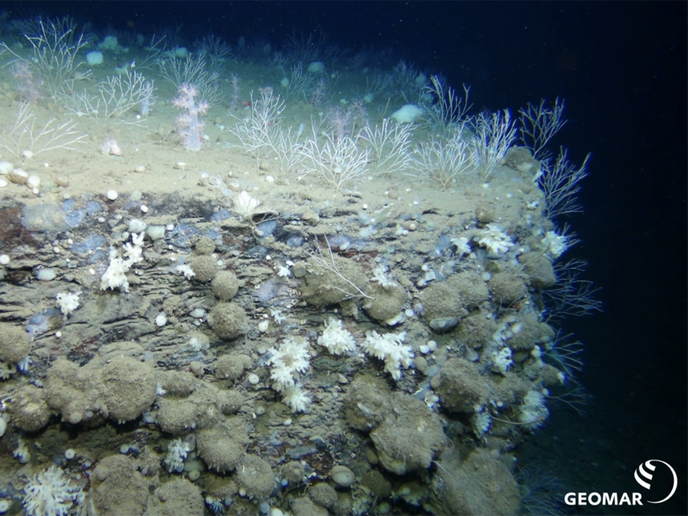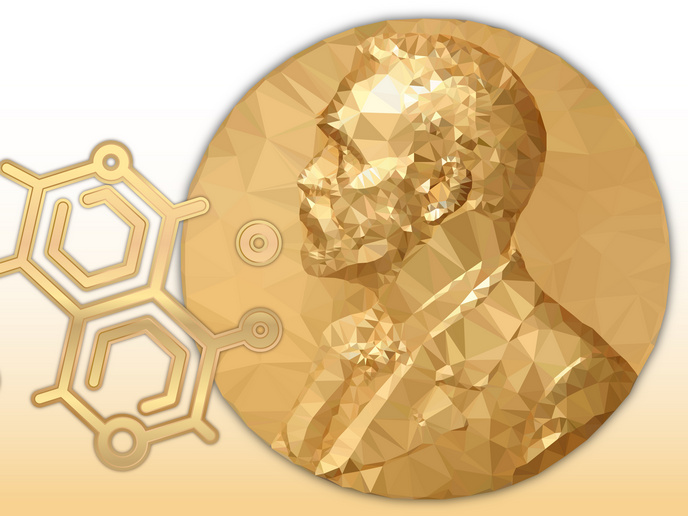Predicting the risks of invading species
Some species seem only to survive in their natural habitats, while others, like the rose-ringed parakeet and the common myna, are able to thrive in novel environments. These can become a nuisance to humans or other species where they invade. The aim of EU project InvasiveSDM was to improve the mathematical models that predict invasion risks in order to better understand invasions by birds like the parakeet and the myna, and mitigate some of the unexpected consequences invading species can cause to agriculture and native biodiversity. Some previously used models might be flawed because they overly relied on macroclimatic variables, says research fellow Laura Cardador, who coordinated the project, supervised by Tim Blackburn, Professor of Invasion Biology at UCL in the UK. Cardador focused on whether species that experienced interaction with humans from their native habitats have populated alien areas better. The project also asked if birds from different populations, within a given species, also perform differently. With support from the Marie Skłodowska-Curie programme, she analysed more than 700 alien bird species, including more than 300 that have established alien populations worldwide. She also considered 2 000 native bird species within the same bird families as the alien bird species being examined. “Our results support the hypothesis that association with humans may be an important driver of alien bird species distribution in their native ranges, and increase the likelihood that these species will end up being introduced and established elsewhere,” says Cardador. “Accounting for human variables in species distribution models resulted in significant improvements in predictions of invasion risk.”
At home with humans
Cardador thinks one reason human association matters is that species which are adapted to environments containing humans are likely to thrive in other areas frequented by humans. This then makes them more likely to be captured and transported to new regions. Birds that are accustomed to humans could also have higher chances of surviving obstacles, such as captivity and transportation, leading them to populate new areas successfully. “There has, to date, been no systematic attempt to characterise the relative importance of species association with human-modified habitats, versus climatic variables,” says Cardador. “Our analyses highlight the need to consider multiple factors, such as climate and human-habit associations, when modelling risk prediction. This will help to determine how species may react to new environments and the interaction between a variety of factors.” Cardador and Blackburn shared their insights in ‘Human‐habitat associations in the native distributions of alien bird species’ published in the ‘Journal of Applied Ecology’ in February. “Given that, due to human activity, the transportation and introduction of species that are adapted to human-altered environments is likely to increase, invasion and niche expansion could become more significant in the future,” Cardador concludes.
Keywords
InvasiveSDM, invading species, rose-ringed parakeet, common myna, risk models, alien bird species, native habitats, biodiversity, agriculture







